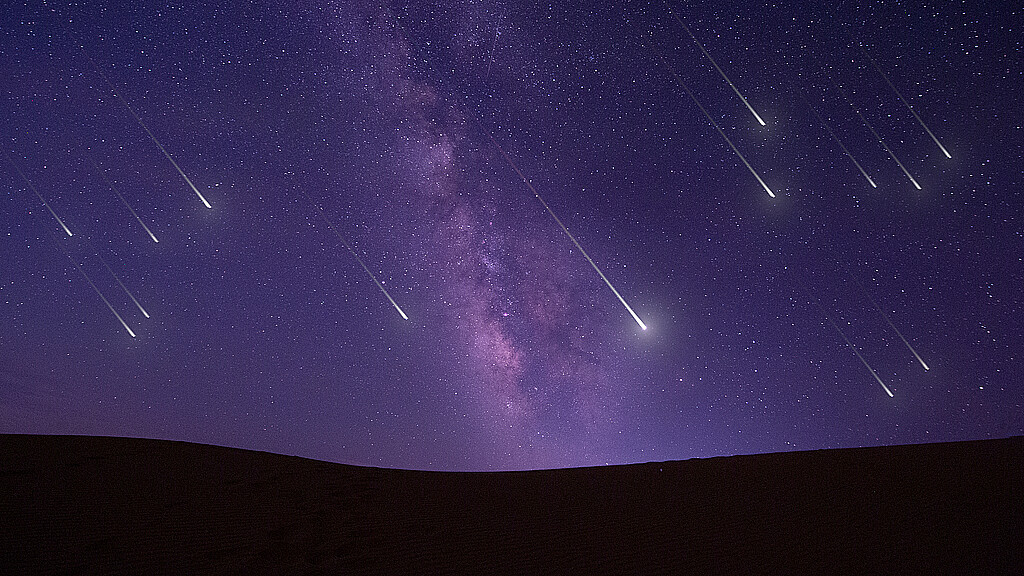Culture
Stargazers ready for 2023 Perseid meteor shower: Up to 100 meteors per hour can be seen this weekend
The viewing conditions for the shooting stars this year are expected to be ideal, since the waning crescent moon will only be 10% illuminated, making the nights darker

August 11, 2023 9:03am
Updated: August 11, 2023 9:03am
One of the most anticipated meteor showers of the year is expected to reach peak intensity this weekend, with stargazers being able to observe as many as one hundred shooting stars per hour shooting across the night sky.
The Perseid meteor shower—named after the constellation Perseus—is a dazzling, yearly meteor shower caused by a stream of dust and other debris left behind by the Swift-Tuttle comet, which orbits the sun every 134 years.
“Meteor particles enter the Earth's atmosphere at about 40-60 kilometers per second, causing shock heating and friction that quickly burns up the particles and ionizes the air around them,” adjust astronomer for the Chabot Space and Science Center in Oakland Gerald McKeegan told SFGate. “This produces the long bright streaks that we see as ‘shooting stars.’”
The meteor shower began this year on July 14 and is expected to continue until Sept. 1.
However, it will reach its peak between August 12 and August 13 between 11 p.m. and 3:30 a.m., just before dawn.
The viewing conditions for the shooting stars this year are expected to be ideal, since the waning crescent moon will only be 10% illuminated, making the nights darker, according to EarthSky.
“With a 10% illuminated waning crescent moon, that means any moonlight we do get will be less and not drown out the fainter stars,” said Dr. Shannon Schmoll, director of the Abrams Planetarium at Michigan State University, told CNN in an email.
“It also won’t rise until almost 4am (ET), meaning you have some time to view the meteor shower without any moonlight interfering.”
The Perseid meteor shower is one of the several shooting star events that will light up the sky this year, according to the American Meteor Society: Orionids (October 21-22), Southern Taurids (November 4-5), Northern Taurids (November 11-12), Leonids (November 17-18), Geminids (December 13-14), and Ursids (December 21-22).










